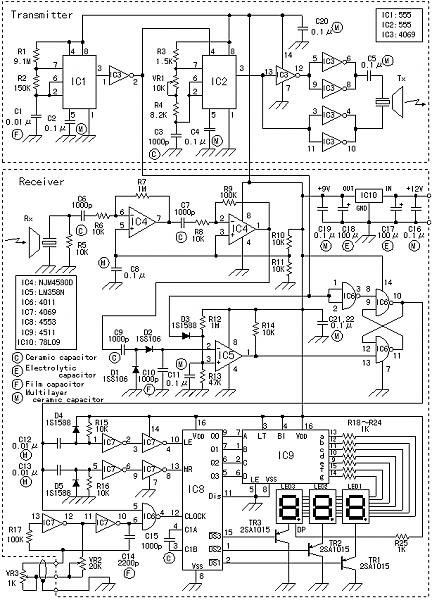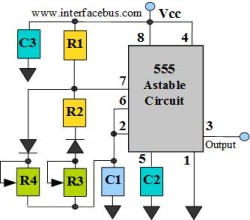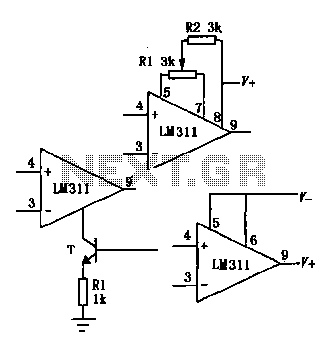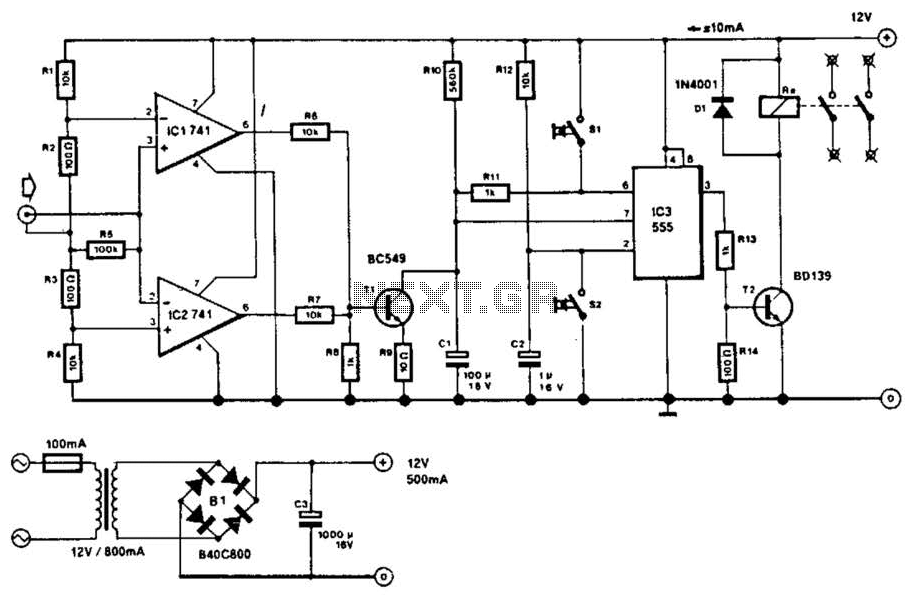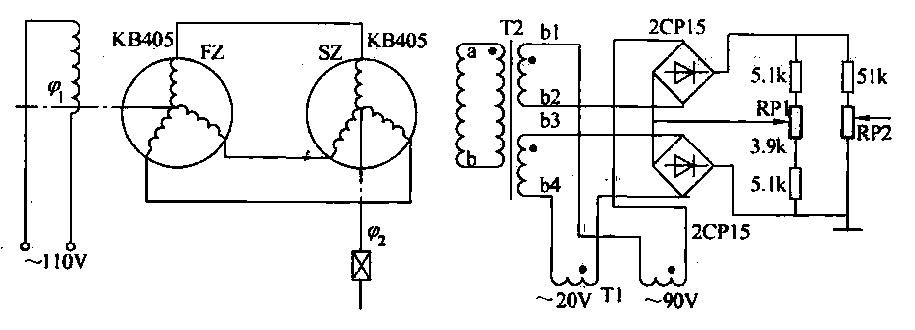
Automatic generator start battery monitor circuit diagram

As shown in the generator start battery automatic monitor circuit diagram.
The generator start battery automatic monitor circuit is designed to oversee the battery's status during generator operation. This circuit ensures that the battery remains charged and functional, preventing premature failure and ensuring reliable generator performance.
The circuit typically includes a battery voltage sensing mechanism, which continuously monitors the battery voltage levels. A microcontroller or comparator may be employed to assess whether the voltage is above or below a predefined threshold. If the voltage falls below this threshold, indicating a low battery condition, the circuit can trigger an alarm or an indicator light to alert the user.
Additionally, the circuit may incorporate a relay or a solid-state switch that can disconnect the battery from the load to prevent deep discharge, which can damage the battery. In some designs, a charging circuit can be integrated to automatically recharge the battery when it is detected to be below the optimal voltage level.
The schematic representation of this circuit would typically include components such as resistors, capacitors, diodes, and transistors, along with the microcontroller or comparator. Proper placement and connection of these components are crucial for the circuit's functionality, ensuring that signals are processed accurately and that the battery is effectively monitored and maintained.
Overall, the generator start battery automatic monitor circuit is an essential component for maintaining battery health and ensuring the reliable operation of generator systems. As shown in FIG generator start battery automatic monitor circuit diagram
The generator start battery automatic monitor circuit is designed to oversee the battery's status during generator operation. This circuit ensures that the battery remains charged and functional, preventing premature failure and ensuring reliable generator performance.
The circuit typically includes a battery voltage sensing mechanism, which continuously monitors the battery voltage levels. A microcontroller or comparator may be employed to assess whether the voltage is above or below a predefined threshold. If the voltage falls below this threshold, indicating a low battery condition, the circuit can trigger an alarm or an indicator light to alert the user.
Additionally, the circuit may incorporate a relay or a solid-state switch that can disconnect the battery from the load to prevent deep discharge, which can damage the battery. In some designs, a charging circuit can be integrated to automatically recharge the battery when it is detected to be below the optimal voltage level.
The schematic representation of this circuit would typically include components such as resistors, capacitors, diodes, and transistors, along with the microcontroller or comparator. Proper placement and connection of these components are crucial for the circuit's functionality, ensuring that signals are processed accurately and that the battery is effectively monitored and maintained.
Overall, the generator start battery automatic monitor circuit is an essential component for maintaining battery health and ensuring the reliable operation of generator systems. As shown in FIG generator start battery automatic monitor circuit diagram

